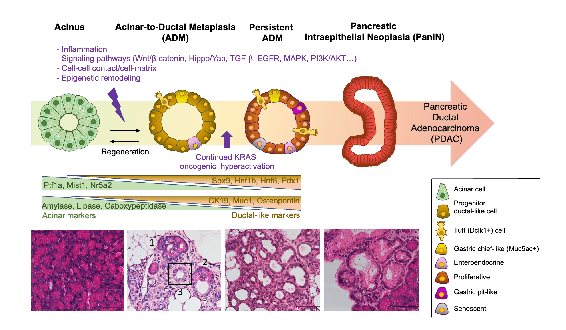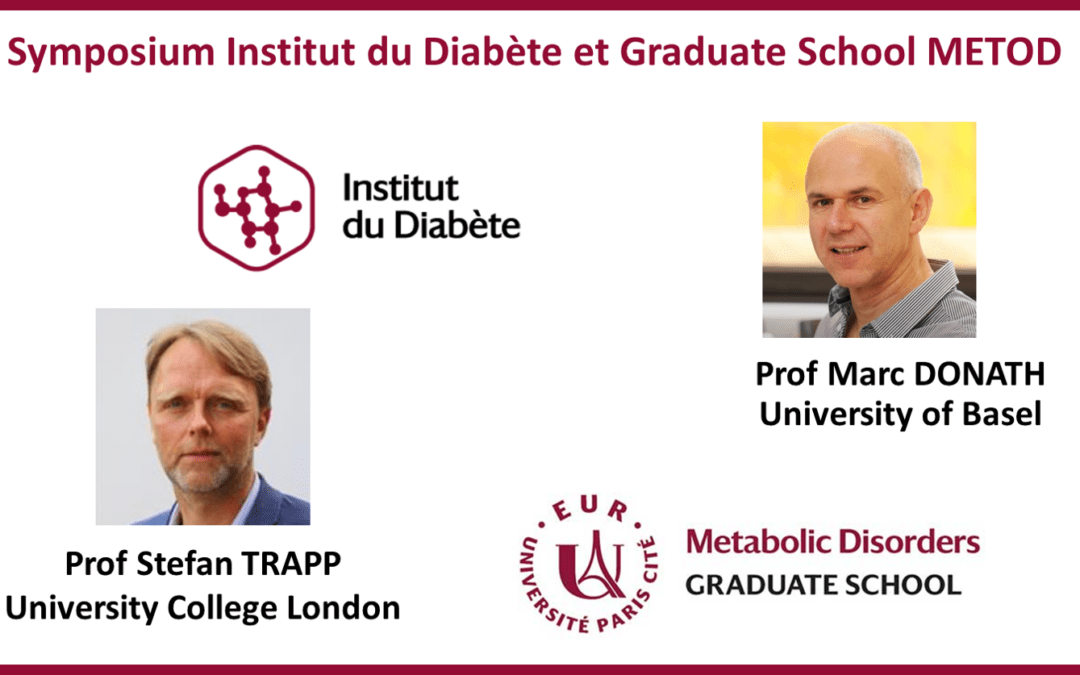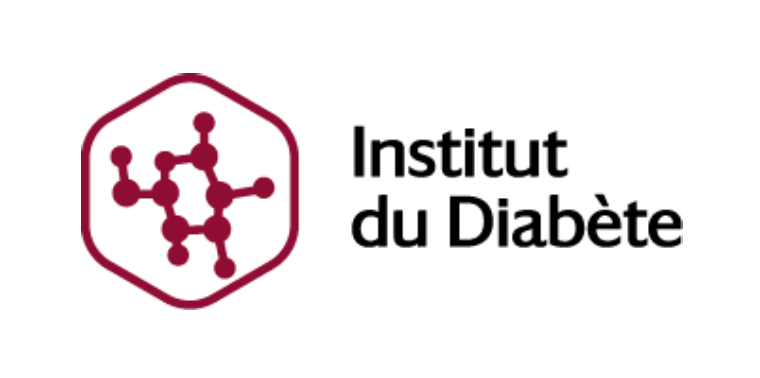An article by Anne-Sophie Delbès, Mar Quiñones, CédricGobet, JulienCastel, Raphaël G. P. Denis, JérémyBerthelet, Benjamin D. Weger, Etienne Challet, Aline Charpagne, Sylviane Metairon, Julie Piccand, Marine Kraus, Bettina H. Rohde, John Bial Elizabeth M. Wilson, Lise-Lotte Vedin, Mirko E. Minniti, Matteo Pedrelli, Paolo Parini,Frédéric Gachon, Serge Luquet
Abstract
The synchronization of circadian clock depends on a central pacemaker located in the suprachiasmatic nuclei. However, the potential feedback of peripheral signals on the central clock remains poorly characterized. To explore whether peripheral organ circadian clocks may affect the central pacemaker, we used a chimeric model in which mouse hepatocytes were replaced by human hepatocytes. Liver humanization led to reprogrammed diurnal gene expression and advanced the phase of the liver circadian clock that extended to muscle and the entire rhythmic physiology. Similar to clock-deficient mice, liver-humanized mice shifted their rhythmic physiology more rapidly to the light phase under day feeding. Our results indicate that hepatocyte clocks can affect the central pacemaker and offer potential perspectives to apprehend pathologies associated with altered circadian physiology.
Learn more about this article

A new article from Cécile Haumaitre and collaborators discusses the origin of pancreatic lesions associated with pancreatic cancer
Pancreatic ductal adenocarcinoma is currently the fourth leading cause of cancer death worldwide. It is projected to become the second leading cause of cancer death by 2030. Unfortunately, PDAC is often diagnosed at an advanced stage, resulting in a 5-year survival rate of less than 10%. Since the most common precancerous lesions of PDAC are currently not clinically detectable, understanding the mechanisms that lead to their formation and progression is crucial to enabling early diagnosis and more effective therapeutic intervention.

Congrès de la SFD 2024
Tarifs préférentiels jusqu’au 31 janvier 2024. Retrouvez toutes les informations du congrès

Journée Thématique SFD
la Journée Thématique de la SFD aura lieu cette année le 15 décembre 2023 à l’Institut Pasteur de Paris, et sera consacrée au sujet «Diabète, îlots et Insulino-Sécrétion».

Journée Scientifique conjointe Institut du Diabète et Graduate School METOD
Keynotes of Stefan Trapp (University College London) and Marc Donath (University of Basel)

